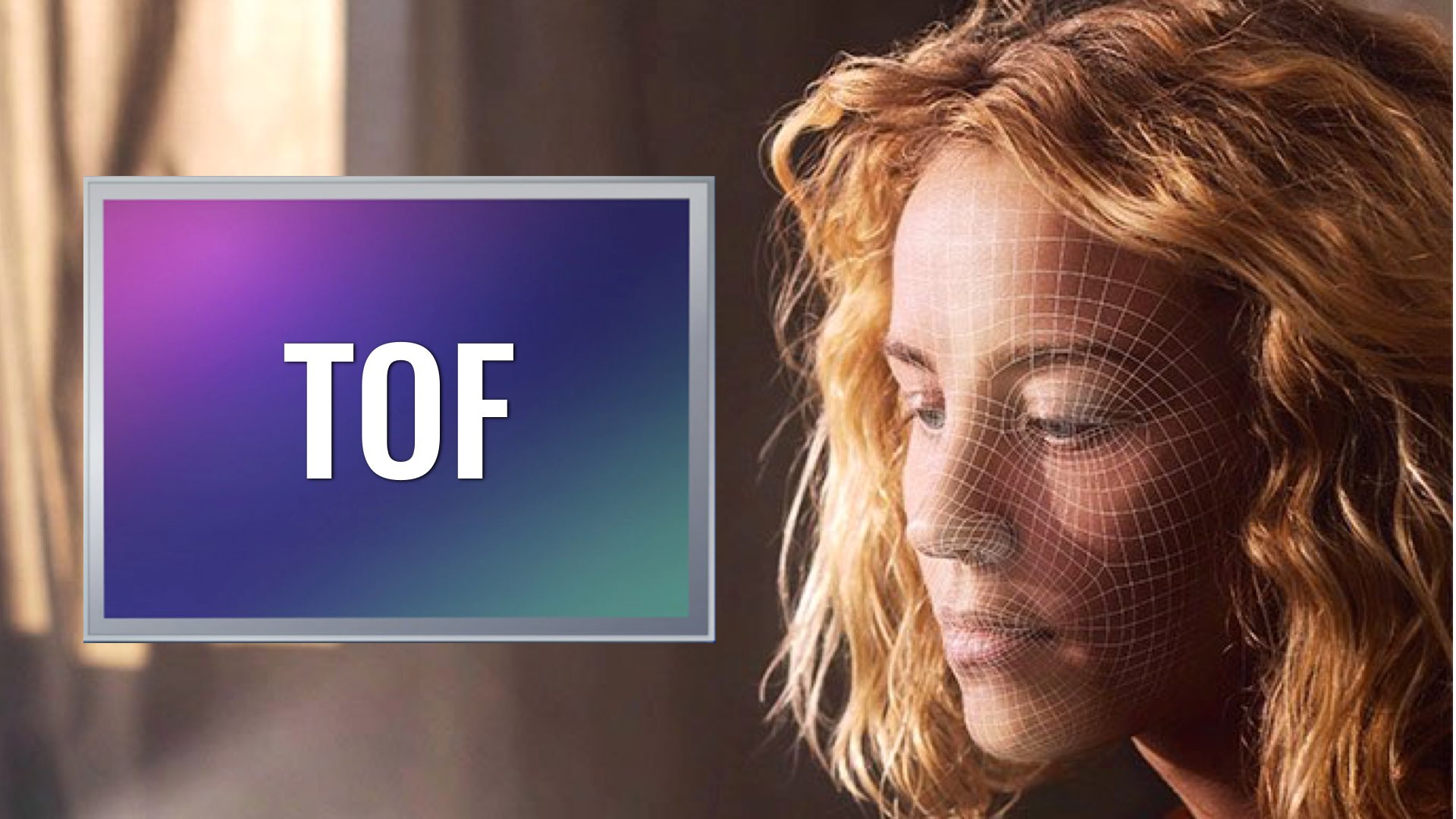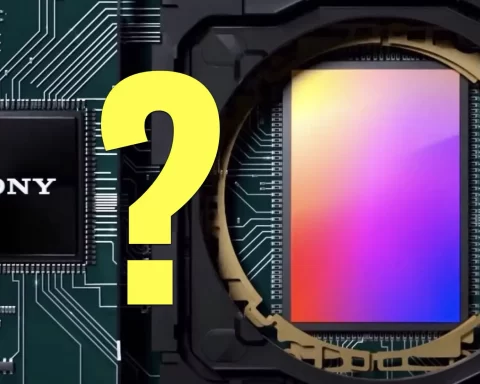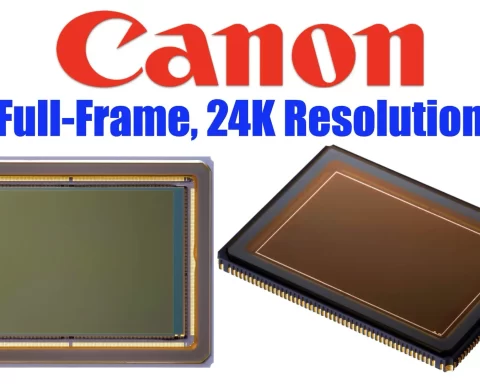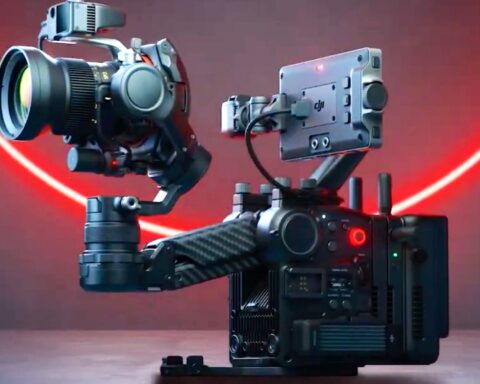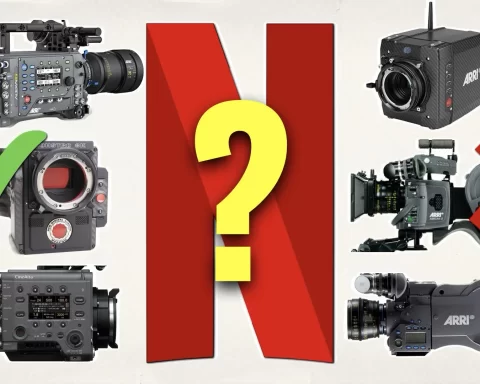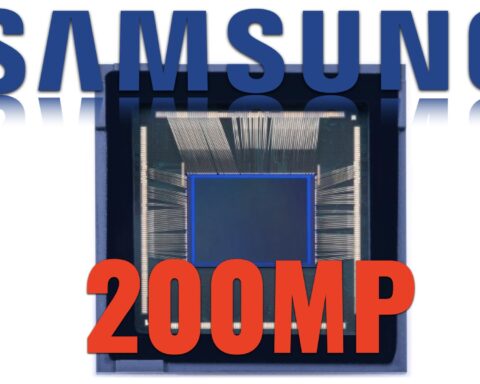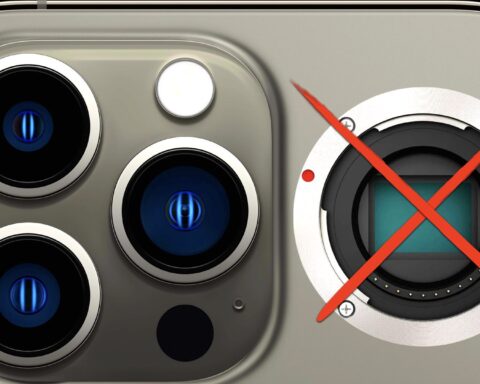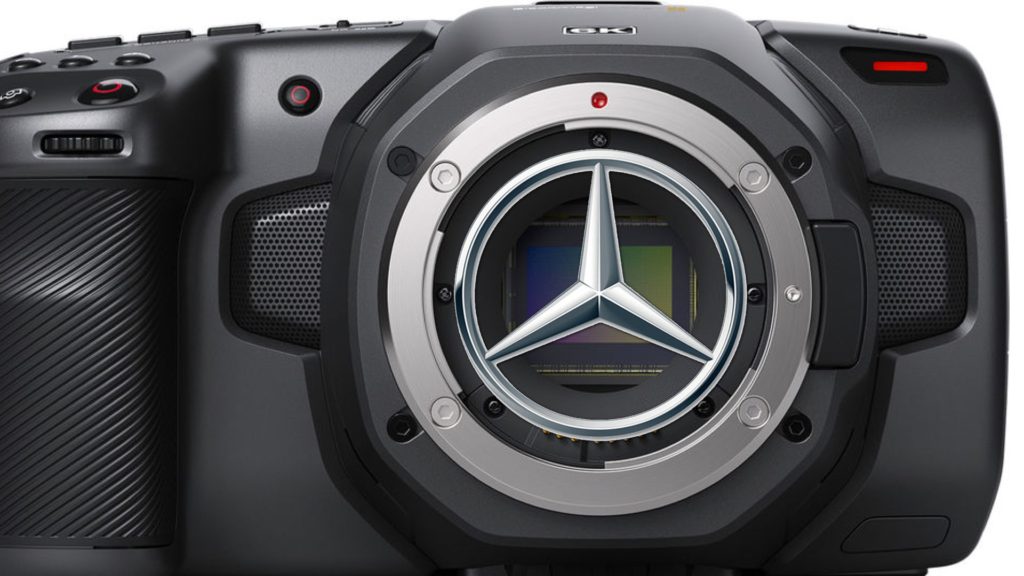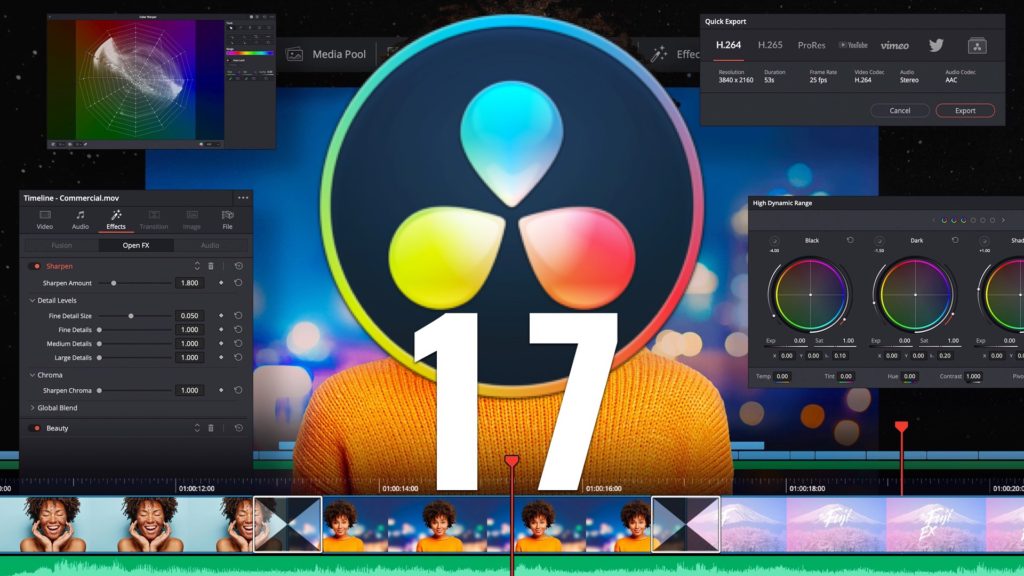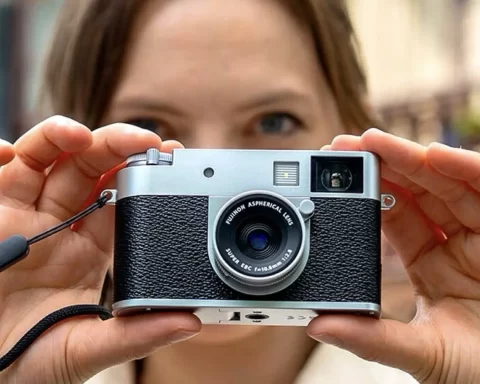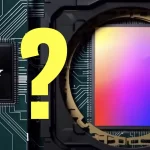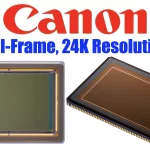Samsung has unveiled its new sensor, the iTOF SOCELL Vizion 33D, which features 4-tap pixels, delivering precise depth-sensing capabilities for next-level 3D applications. The technology will be able to produce pro-grade shots with bokeh effects or accurate 3D object images. Read more below.
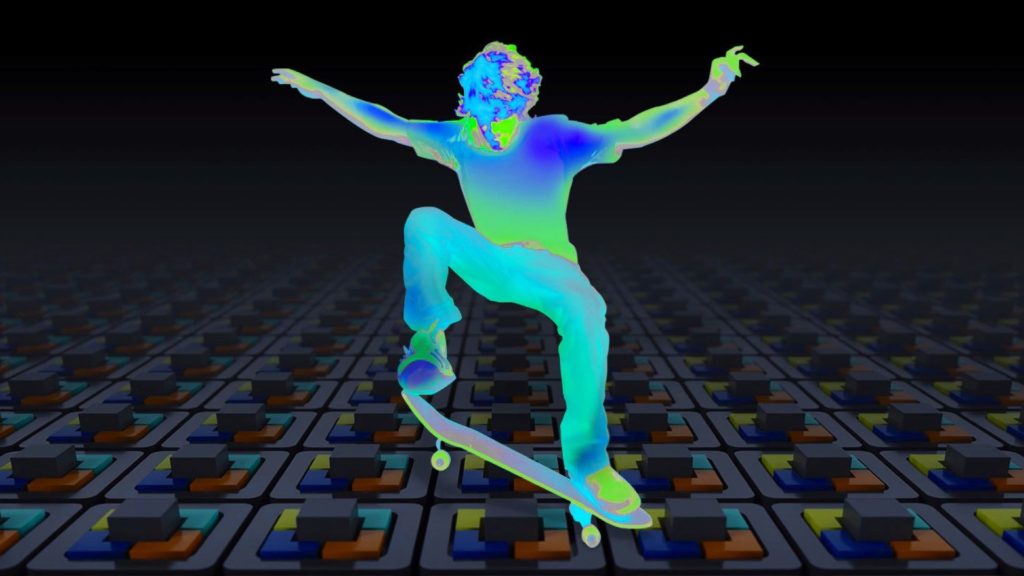
TOF (Time of Flight) sensors
A ToF (Time of Flight) camera measures distance by actively illuminating an object with a modulated light source such as a laser or infrared, and a sensor that is sensitive to the wavelength of the reflected light. The sensor measures the time delay between when the light is emitted and when the reflected light is received by the camera. This technology is being used in various applications including industrial and consumer. Regarding photography and videography, the TOF techniques help to get accurate focusing even in low light conditions, which means AF (autofocus) capabilities are significantly improved. For instance, all rear cameras of Sony Xperia 1 II, support 3D iToF sensor in still shooting with both the Camera app and Photography Pro. The concept also helps with 3d creation and implementation. Moreover, the technology allows more control and precision regarding bokeh, which contributes to the cinematic and professional look of an image.
From 3D scanning to video bokeh effects, and even seamless AR/VR experiences, the ISOCELL Vizion 33D’s ability to track moving objects with low latency holds the key to bringing depth sensing features to life.
Samsung
Samsung ISOCELL Vizion 33D
The ISOCELL Vizion 33D is the first iTOF sensor produced by Samsung. As stated by the company: “Thanks to its 3D ToF sensor, the 33D can measure distances between the camera and the subject. Based on the time it takes for an infrared light signal to travel to and from an object, the sensor allows devices to detect depth information in real-time. From 3D scanning to video bokeh effects, and even seamless AR/VR experiences, the ISOCELL Vizion 33D’s ability to track moving objects with low latency holds the key to bringing depth sensing features to life”.

3D imagery in 120 FPS
Samsung claims that the ISOCELL Vizion 33D can enable precise depth measurement of fast-moving objects, by featuring a 4-tap demodulation system and supports a frame rate of up to 120fps. Each pixel in the sensor can receive four-phase signals simultaneously (0°, 90°, 180°, and 270°), which means it can generate a depth image with just a single frame. Also, Samsung states that the ISOCELL Vizion 33D can capture moving objects with a significant reduction of motion artifacts.
Enhancing 3D video bokeh effect
According to Samsung, the ISOCELL Vizion 33D produces depth images with unrivaled precision. In both indoor and outdoor conditions, the sensor can detect the depth of an object within up to 5m with high accuracy. ISOCELL’s pixel technology, coupled with high resolution, enables the sensor to accurately separate objects from the background with the 3D bokeh effect. Deep Trench Isolation technology (DTI) maximizes isolation between pixels to reduce crosstalk, while Backside Scattering Technology (BST) enhances the sensor’s quantum efficiency.
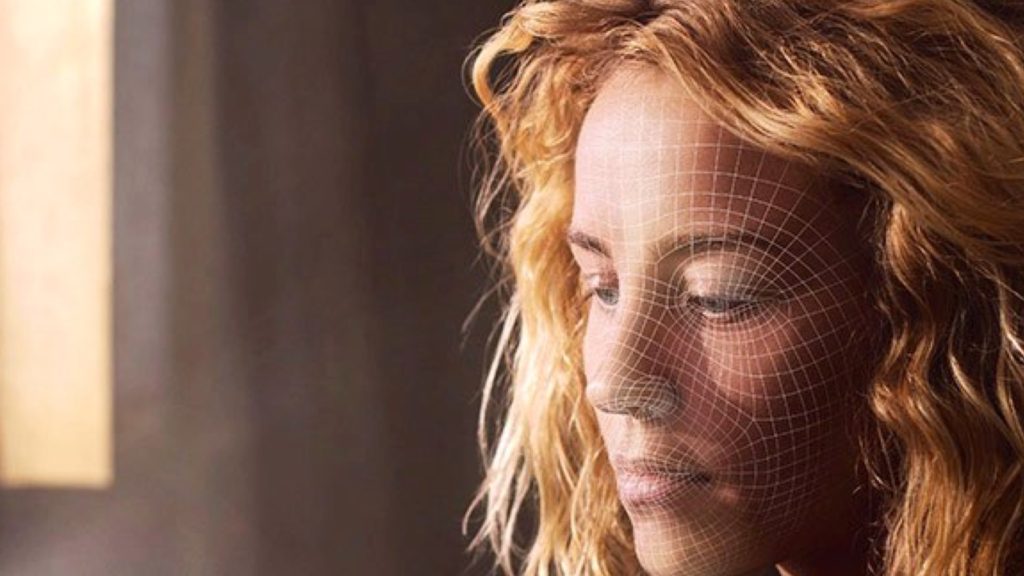
ISOCELL’s pixel technology, coupled with high resolution, enables the sensor to accurately separate objects from the background with the 3D bokeh effect.
Samsung
Boosting AF capabilities
With its depth-sensing capabilities, the ISOCELL Vizion 33D can assist the main camera for accurate and quick autofocus. Explore the slide below for more technical specifications regarding this new sensor:
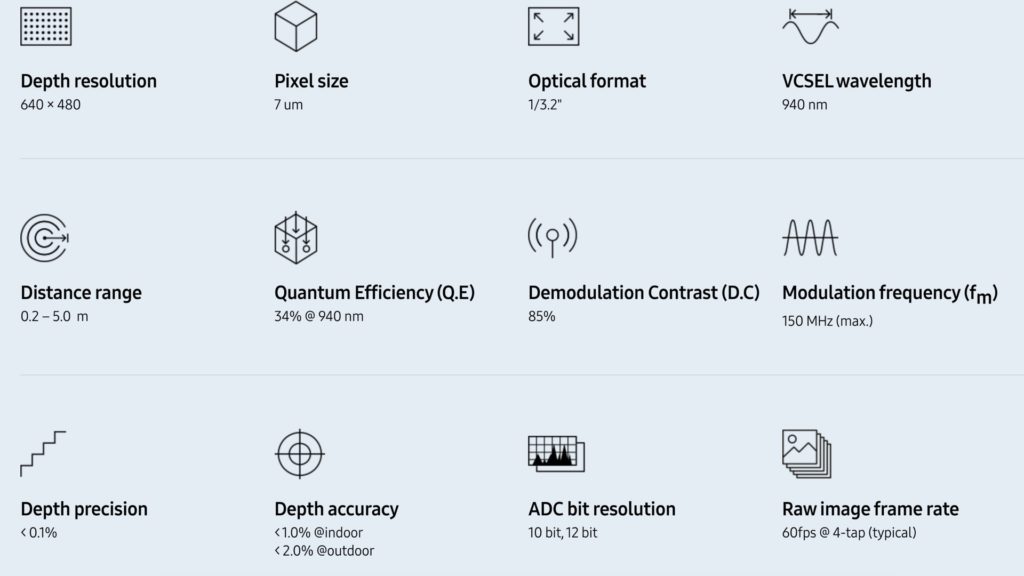
Initial thoughts
Samsung ISOCELL Vizion 33D is basically specialized to be utilized in smartphones. However, this technology can be used also in consumer professional cameras, especially in order to sharpen the AF capabilities. Anyway, it seems that there is a sort of a boost in the R&D regarding smartphones. That means you will able to get stunning imagery from your mobile phone that can be compared to a $10,000 cinema camera, especially if you’re only using YouTube as your main screening platform (see our article: Shot on iPhone 12 Pro by Cinematographer Emmanuel Lubezki). Nevertheless, it will be interesting to explore the TOF technology implemented in next-generation cinema cameras.

